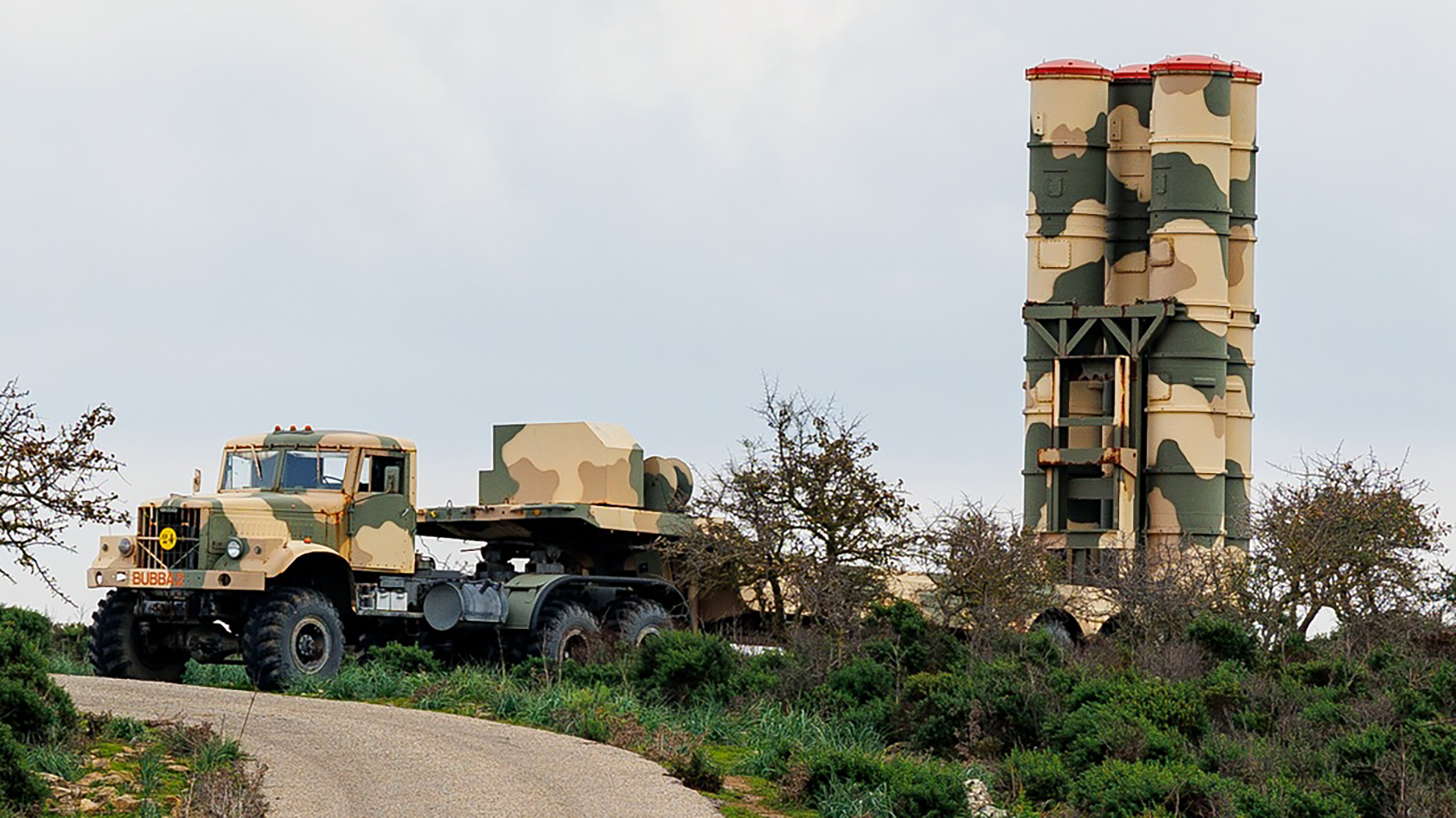A Beginner’s Guide to Wines from Italy’s Piedmont
Most wine lovers associate Piedmont with the famous reds of Barolo, but as anyone who has visited knows, it’s large, complex and full of surprises. [...] Read More... The post A Beginner’s Guide to Wines from Italy’s Piedmont appeared first on Wine Enthusiast.
Piedmont. Or Piemonte. Whichever way you say it: hard two-syllable, American-style or with the romantic three syllable lilt of an Italian, the word carries mystical qualities. It conjures visions of fog-shrouded hills, white truffle-sniffing dogs and noble wines. Most wine lovers associate the region with the famous reds of Barolo, but as anyone who has visited knows, it’s large, complex and full of surprises. A thousand books could be written on Piedmont.
For now, let’s start with the basics.
A Treasure Trove of Terrific Wine
Jeff Porter, Wine Enthusiast writer at large and Northern Italian wine reviewer, says, “Piemonte is a jewel, not just of Italy but of the entire wine world.” Located in northwest Italy, the region sits at the foot of the western Alps, lending it two unique key features that influence its climate: the cool mountains and the balmy Mediterranean. These forces contribute wide day-to-night temperature variation, known as diurnal shifts. The cold nights, foggy mornings and sunlit days are all ingredients that combine to make world-class bottlings.
Captivating Nebbiolo
True wine lovers appreciate the interplay between power and beauty that defines Nebbiolo-based wines. It is elegant and has the ability to convey a sense of place, or terroir, in a way that’s often compared to great Burgundy and Pinot Noir (whose prices can soar out of reach for most consumers).
Due to growth in demand for Italian Nebbiolo, producers around the world have tried to replicate the wines, but simply put—no one does it quite like Piedmont. Barolo and Barbaresco, the two most well-known regions that produce the variety, offer singular expressions of site and climate that are virtually impossible to duplicate. Unlike Cabernet Sauvignon, a grape capable of interesting results in a variety of places, obtaining a thrilling Nebbiolo produced outside of Piedmont can be a bit tricky.
So, what makes great Nebbiolo such a haunting experience? Its high acidity, pale garnet color, intensely grippy tannins, intricate flavors of cherry, rose and tar, as well as a moderately high alcohol content of 13 to 15%, make for an incredibly pleasurable drinking experience. These wines, especially with years of aging to soften the tannins and integrate the acidity, inspire flocks of devotees.

Barolo: Fit for a King
Barolo has long been called the “king of wine” due to its power, complexity, ageability and historic ties to royalty. With that kind of reputation, it stands to reason that Barolo, with its vine-covered hills and medieval castles, has earned UNESCO World Heritage status.
Located just south of Alba, the appellation comprises 11 villages: Barolo, Castiglione Falletto, Serralunga d’Alba, Cherasco, Diano d’Alba, Grinzane Cavour, La Morra, Monforte d’Alba, Novello, Roddi and Verduno.
Of those 11, the most recognized for quality are La Morra, Serralunga d’Alba, Monforte d’Alba, Barolo and Castiglione Falleto, though many sommeliers are fond of the finesse of Verduno.
The soil, and therefore the resulting structure of the wine, differs in these villages.
In La Morra and Barolo, compact limestone-heavy Tortonian marl, often called blue-gray marl, offers wines of delicacy, perfume and fruit. In Castiglione Falletto, Monforte d’Alba and Serralunga d’Alba, the vineyards sit on looser sandstone and limestone Helvetian soils, often called white-yellow marl, which result in a fuller body with more concentration and structure. Of course, these generalizations don’t factor in producer style.
The Barolo appellation has earned Denominazione di Origine Controllata e Garantita (DOCG) status, and regulations dictate that Barolo must age a minimum of 38 months before release, and five years for Riserva. To further ensure quality, only vineyards on southern-facing hills fall within its purview, though with the threat of climate change, this could be subject to change.

Barbaresco: Here Comes the Queen
Barbaresco is located northeast of Alba near the Tanaro River, and it also carries DOCG status for wine made from the best south-facing Nebbiolo vineyards. Barbaresco has four villages: Barbaresco, Neive, San Rocco Seno d’Elvio and Treiso.
Though there are many exceptional producers of Barbaresco, Angelo Gaja, Bruno Giacosa and Produttori del Barbaresco, a quality-minded co-op founded in 1958, were instrumental in elevating the region’s reputation.
A direct contrast to the borderline austere tannins and meatier structure presents more “masculine” characteristics of Barolo, Barbaresco has earned the nickname the “queen of wines” for its more delicate and feminine approach. With aromatic expressions ranging from dried cherry and raspberry to licorice and rose petal, Barbaresco’s beauty can easily level the playing field with its Piemontese-counterparts.
Masculine vs. Feminine
So, how did this distinction between the two arise? Simply put, a difference in soils and climate. Barbaresco grows primarily on a more nutrient-rich limestone base, which lowers tannins, thereby shortening the in-bottle ageing period needed for the wine to fully blossom. Proximity to the river and lower elevations contribute to earlier ripening of grapes, a benefit in hotter years. These thinner skins translate into less tannin, balanced against a fruitier, more youthful backdrop. Thus, Barbaresco can taste lighter and more feminine than many Barolos.
Ask a winemaker what they drink, and they’ll likely answer “Barbaresco” for its accessibility. Why wait 20 years to enjoy a wine when you can pluck something delicious off the shelf and pop it now? And, if their answer isn’t Barbaresco, Barbera is likely next in line.
Barbera: the Workhorse
Barbera is Piedmont’s most widely planted grape, and the Barbera d’Asti DOCG and Barbera d’Alba Denominazione di Origine Controllata (DOC) appellations lead the way in that effort.
With tannins distinctly softer and rounder than Nebbiolo’s, Barbera showcases the versatility of Piedmont with its more approachable nature. The grape produces ruby-hued wines with bright cherry flavors, and thanks to its high acidity, it can thrive in warmer climates—hence its appeal to New World growers in California and Australia. However, Piedmont remains its spiritual home.
Barbera d’Alba DOC covers the Alba viticultural area, from the town of Alba and nearby Langhe hills, with overlap in Barolo and Barbaresco territory. Alba’s well-known, undulating landscape is laid across chalky, limestone-rich clay soils. The best Barbera d’Alba wines come from hillside sites near Barolo.
The Barbera d’Asti appellation was upgraded to a DOCG in 2008 and covers some of the most famous wines in Piedmont. The hills around the Asti and Alessandria provinces provide fertile planting ground for Barbera. The wines must be 85% Barbera, while the remainder can comprise of Freisa, Grignolino and Dolcetto. The Superiore designation requires 14 months of aging, with at least six months in barrel. D’Asti has the best potential for aging, as it often matures favorably for 6–10 years in the cellar.

Dolcetto: Piedmont’s Punk Rocker
Dolcetto, which translates to “little sweet one,” is nothing of the sort. In fact, according to Porter, “Though that is a direct translation, the wine is far from sweet and that moniker hurts its image. The wine is rock ’n’ roll compared to Nebbiolo’s classical and Barbera’s pop. The younger producers of the region are reclaiming Dolcetto and making the best versions of it. It is a wine for today: fun, delicious, energetic and unpretentious.”
Typically found in the provinces of Cuneo and Alessandria, its appealing fruitiness, moderate-to-low acidity, deep color and affordable price point make it a consumer favorite. It’s equally popular with producers that look to derive the most value from their property, as Dolcetto ripens nearly a month before Nebbiolo, and it also can be planted on sites with less favorable sun exposure or higher elevations. Generally made to be enjoyed in its youth, it provides a foil for producers to longer-aging wines like Barbera and Nebbiolo.
Usually bottled as a single-varietal wine, Dolcetto’s soft, fruity style doesn’t typically lend itself to long-term aging. However, bottlings from great producers, especially from Dolcetto d’Alba DOC, Dogliani DOCG and Dolcetto d’Ovada DOC, can last half a decade or more. These three appellations of the seven Dolcetto-focused regions also account for the greatest quantity of production.
Dolcetto d’Alba DOC is often regarded as the source of the grape’s finest wines. It’s only produced in the provinces of Asti and Cuneo, and has traditionally been the most consumed table wine of locals in Langhe. Ranging in styles from soft to structured, it’s typically ruby-red in color with juicy cherry and almond notes. It boasts low-to-moderate acidity, as well as moderate alcohol (12% abv) and tannin levels. Dolcetto d’Alba typically shows more floral aromatics like violets and lavender than its counterparts, and it’s not as robust as Dogliani Dolcetto. The region’s older brother, Dolcetto d’Alba Superiore, requires a minimum of 12 months aging.
Looking elsewhere, Dolcettos from Dogliani DOCG lean toward a fuller-bodied, perfumed expression. The appellation was promoted in 2005 from DOC to DOCG for its Superiore wines, in recognition of its dedication to quality Dolcetto. For the treasure hunters out there, Dolcetto di Ovada DOC or Superiore DOCG, long known in Italy for its fine wines, has been relatively obscure outside its borders. If you find one, make sure to try it.

Moscato d’Asti (and Other White Wines)
For most consumers, Piedmont equals red wine, but its whites and sparklers deserve serious attention.
Well-known to American drinkers: the affable Moscatos. Moscato d’Asti DOCG and Asti Spumante, now called Asti with its elevation to DOCG status, are made with Moscato Bianco grapes grown around Asti. Moscato d’Asti tends to be sweeter and fruitier with a more gentle effervescence. It’s also typical for Barolo producers to make Moscato on the side.
The top white grapes of the region are Cortese and Arneis. The former grows in the appellation of Cortese di Gavi DOCG, while the latter is at its best in Roero DOCG.
Known colloquially as Gavi, Cortese di Gavi has long been considered the more prestigious of the two. It’s generally enjoyed young to take advantage of its crisp acidity and white peach, almond and floral qualities on a bone-dry palate. The region, in the province of Alessandria, is close to the Ligurian border and the Mediterranean Sea. Some believe that the relative proximity to coastal culture influences the youthful, fresh style of the wines.
However, the world is waking up to Arneis. Located in Roero, north of the Tanaro River and Barolo, the wine brims with minerality layered between flavors of white flowers, peach, apple and green hazelnut. The vineyards are planted on sandy soils from an ancient seabed.

The Noble Nebbiolos of Alto Piemonte
Before Barolo or Barbaresco, there were Ghemme, Gattinara, Lessona and Bramaterra. Located northeast of Turin, these sub-Alpine regions produce Nebbiolo-based wines that were once popular both at home and abroad. Enjoyed by the nobility and Milanese denizens alike during the 19th century, the wines were sought across the Austro-Hungarian Empire. However, a variety of factors led to the collapse of the industry. Producers are now trying to replant and reignite a renaissance in the region.
There are five appellations of northern Piedmont where wines are produced at enough scale to be accessible to most Americans. Gattinara DOCG, Ghemme DOCG, Lessona DOC, Bramaterra DOC and Boca DOC. Typically, these wines are made from a blend of Nebbiolo, locally called Spanna, and other native grapes like Vespolina, Croatina and Uva Rara. Quality in the region is high and generally presents a great value for Nebbiolo lovers.

The Unusual and Indigenous
Piedmont is also a treasure trove of indigenous varieties.
Ruché, mostly grown around Castagnole Monferrato in the appellation of Ruchè di Castagnole Monferrato DOCG, is best bottled in its youth without oak. This pale, ruby-hued wine brims with fascinating aromas of ripe strawberries and cherries, flowers, cinnamon and white pepper.
Grignolino, common around Piedmont, is elusive beyond Italy, though it’s a darling of American sommeliers. The grape has two DOCs: Grignolino d’Asti and Grignolino del Monferrato Casalese. Grignolino typically has high tannins and acidity, pale color and fabulous aromas of violets, roses and red berries.
Freisa is one of the oldest varieties found in Piedmont. Grown around Monferrato, it has two DOCs: Freisa d’Asti and Freisa di Chieri. This floral, fruity and vivid red is capable of a range of styles, all of which are captivating.
All-Time Greatest Hits
Piedmont is producing some of its best wines ever—both in the vineyards of legendary estates and in the hands of young winemakers reviving forgotten grapes in overlooked corners of the map.
In Porter’s eyes, “It’s rare that one area has so many different varieties and styles of wines and they all hit in the best way,” he says. “From Asti’s bubbles to Alto Piemonte’s mountain elegance to Dolcetto’s punk to Barolo’s age worthiness, there are few places on earth that can match Piemonte.”
More Piedmont Coverage
- In a heavyweight fight for the ages, find out whether Barolo or Brunello takes home the title of Italy’s best wine.
- These Italian winemakers are rethinking Barolo’s identity.
- Meet the winemaker championing Alto Piemonte’s volcanic history.
- The land of Barolo produces surprisingly ageworthy white wines.

From the Shop
Find Your Wine a Home
Our selection of red wine glasses is the best way to enjoy the wine’s subtle aromas and bright flavors.
The post A Beginner’s Guide to Wines from Italy’s Piedmont appeared first on Wine Enthusiast.




















































































































































